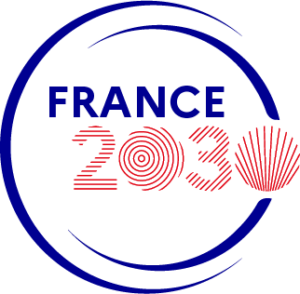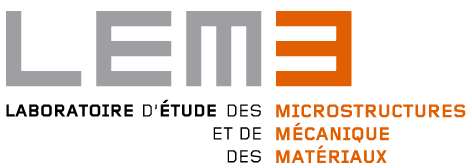- 1st floor meeting room, LEM3 – main site, 7 rue Félix Savart, 57070 Metz
Under the aegis of the Medicis programme



Key words: Dual-Phase steel, recrystallization, phase transformation, HEXRD, thermo-kinetics
Abstract
The formation of microstructures is essential for steelmakers, particularly in Dual-Phase (DP) steels used in the automotive industry. It occurs during intercritical annealing after cold rolling. After heating, the microstructure consists of recrystallized ferrite and austenite. Upon cooling, austenite partially transforms into ferrite, followed by martensite, creating the desired ferrite/martensite structure. The austenitization step is critical for controlling the final phase proportions and sizes, which influence the mechanical properties. While several studies suggest that the heating rate affects the transformation kinetics and austenite morphology, the exact mechanisms remain debated, with the overlap of ferrite recrystallization and austenite formation often implicated.
Using recent in situ synchrotron experiments, we offer new insights into ferrite recrystallization and austenite formation interactions, developing a predictive model for austenite kinetics. Our primary advancement is a new time-resolved analysis method based on High-Energy X-ray Diffraction. These analyses were supplemented by microstructural observations after interrupted treatments in microscopy (optical, SEM and TEM), and from local chemistry measurements (EDXS and WDS).
We examined the heating rate’s influence on DP steel during intercritical annealing and designed experiments to decouple heating rate effects from recrystallization overlap. Our findings reveal that austenite kinetics are driven by thermodynamic conditions at interfaces, not recrystallization. Through thermo-kinetic simulations and experiments, we also investigated the impact of minor alloying elements on austenite growth. Overall, this work establishes that austenite formation during intercritical annealing is diffusion-controlled, with variations in kinetics explained by microstructural factors affecting diffusion distances





